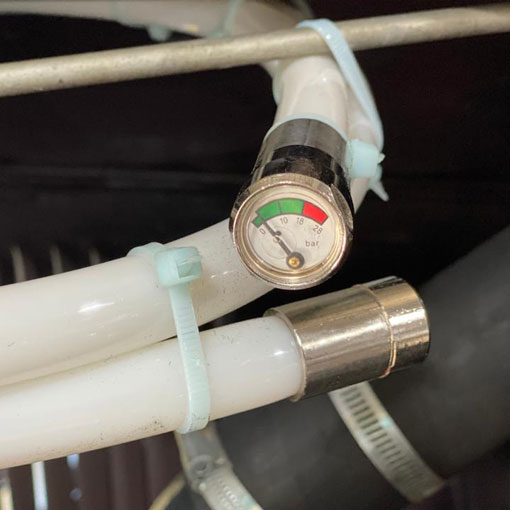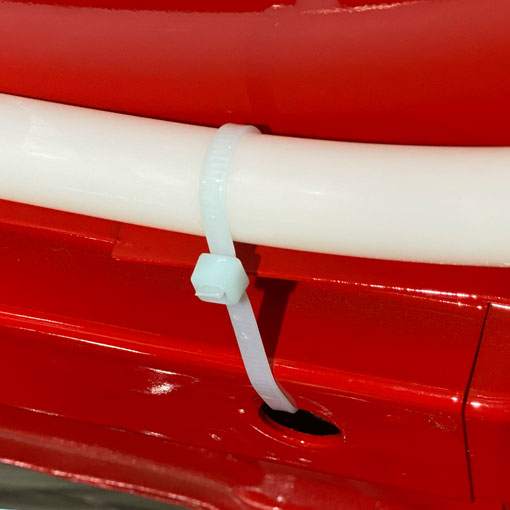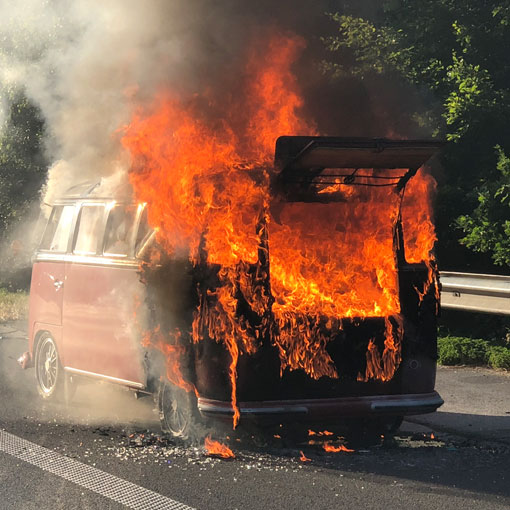Engine Fire Fighter
The ‘Engine Fire Fighter’ automatic engine fire suppression device is a cost-effective, simple to install, fire suppression system that helps to protect you and your vehicle.
Engine Fire Fighter
Simple to install fire protection for you, your family and your vehicle.
Engine Fire Fighter
Automatic Engine Fire Suppression Device
Engine fires can cause irreparable damage. The Engine Fire Fighter is an easy to fit automatic engine fire suppression device, that gives you peace of mind and can stop an engine fire before it takes hold and causes permanent damage.
2 metre hose
Ideal for small engines, such as Porsche, VW Beetle, Karmann Ghia, VW Campers and Transporters, Fiat 500, Mini, Morgan, Morris Minor, MG, Mercedes and many more.
3 metre hose
Ideal for larger engines, such as Jaguars, American cars and modern vans.
2 metre hose
Ideal for small engines, such as Porsche, VW Beetle, Karmann Ghia, VW Campers and Transporters, Fiat 500, Mini, Morgan, Morris Minor, MG, Mercedes and many more.
3 metre hose
Ideal for larger engines, such as such as Jaguars, American cars and modern vans.
How does it work?
The fire extinguisher tube is filled with compressed gas, when the temperature reaches 120°C, the softened tube will burst to release the extinguishing agent putting out an engine fire just a few seconds.


Fitting Guide
Installation is simple, everything you need to install the fire extinguisher is in the box. With no special tools required installation takes as little as 5 minutes.
For a step-by-step guide take a look at our Fitting Guide.

Why do cars catch fire?
Fuel leaks from ruptured fuel lines also can rapidly ignite, especially in petrol-fuelled cars where sparks are possible in the engine compartment. The increased Ethanol content in petrol means that Classic cars are more at risk than ever before.

Where to buy?
We tested lots of different fire safety systems, with real-life fires and the Engine Fire Fighter came out TOP for our tests.
We have imported them directly and set up “Engine Fire Fighter” so fellow “Petrol Heads” could keep their cars safer too. Find out where you can get them from the link below.
Other uses for the Engine Fire Fighter?
The Engine Fire Fighter has many applications, these include:
- Boats, both inland waterway boats and sea going vessels.
- Over cookers / deep fat fryers in commercial kitchens
- Used in IT server rooms, as the FM200 does not damage hardware
- In Boat Kitchen areas
- In stand by generators
- Above Biomass boliers